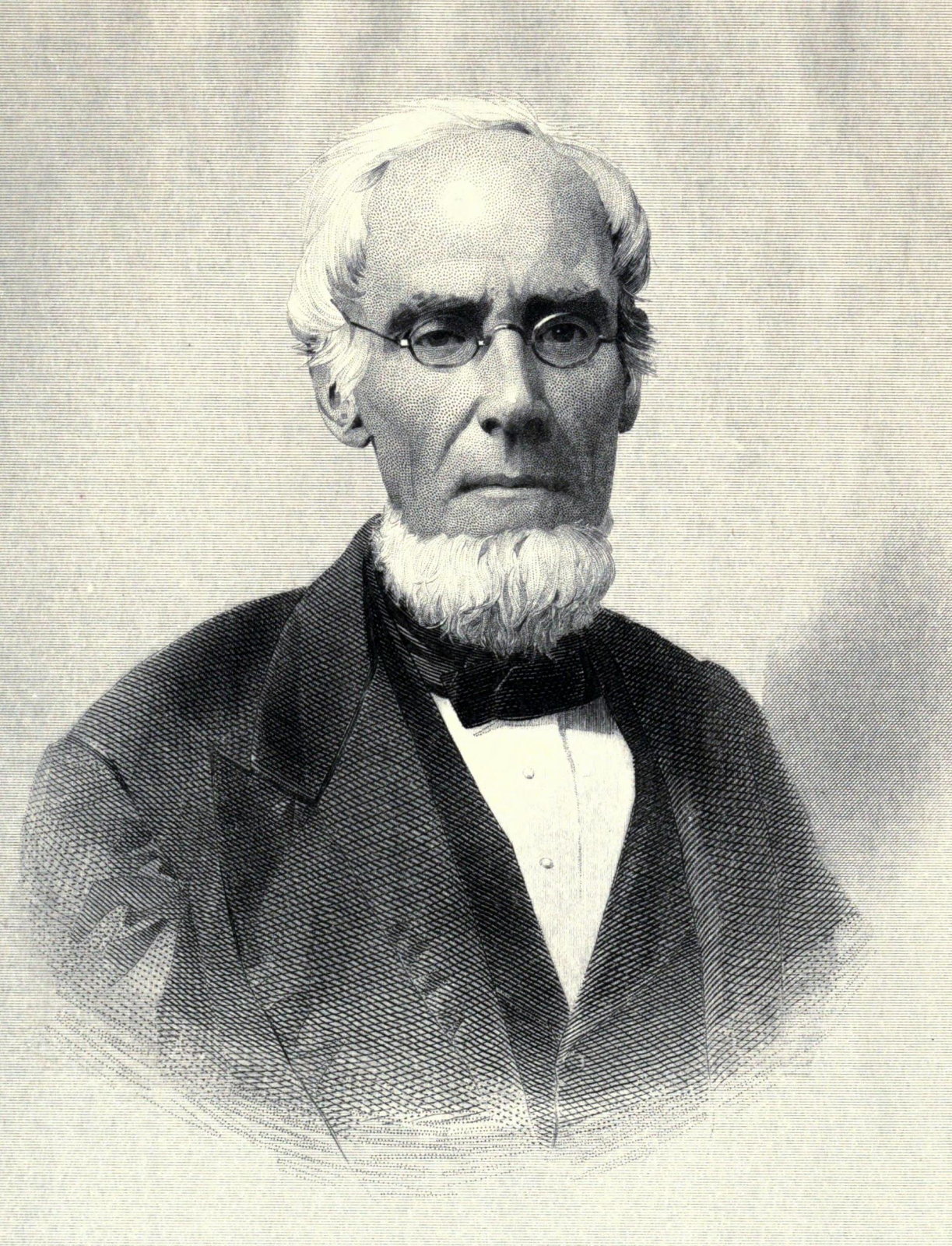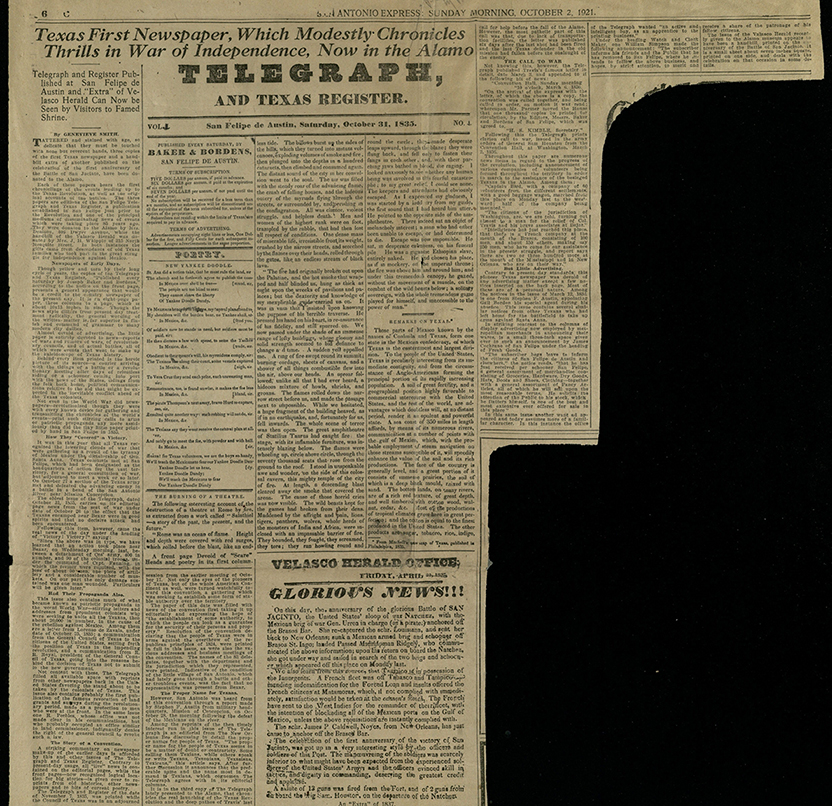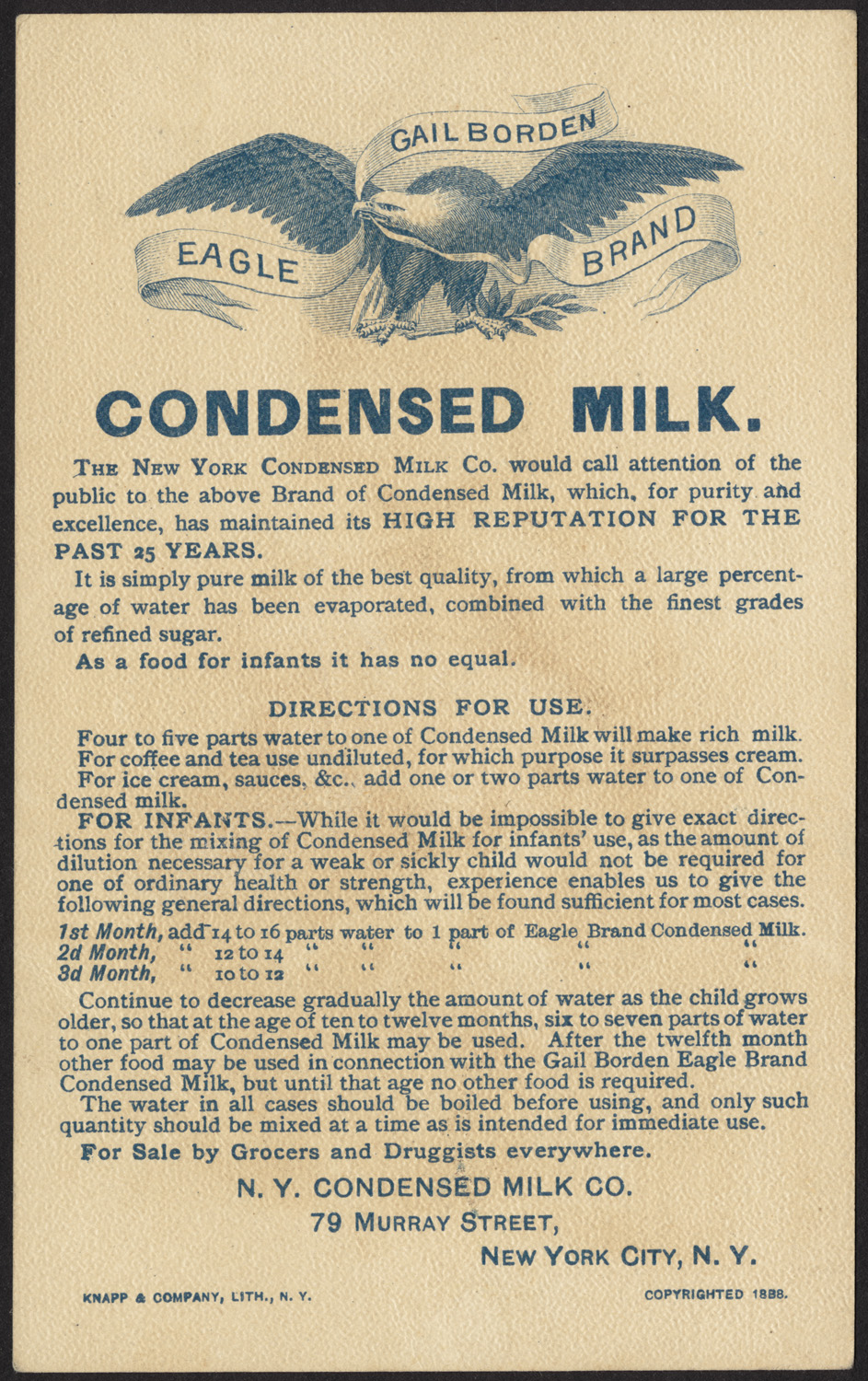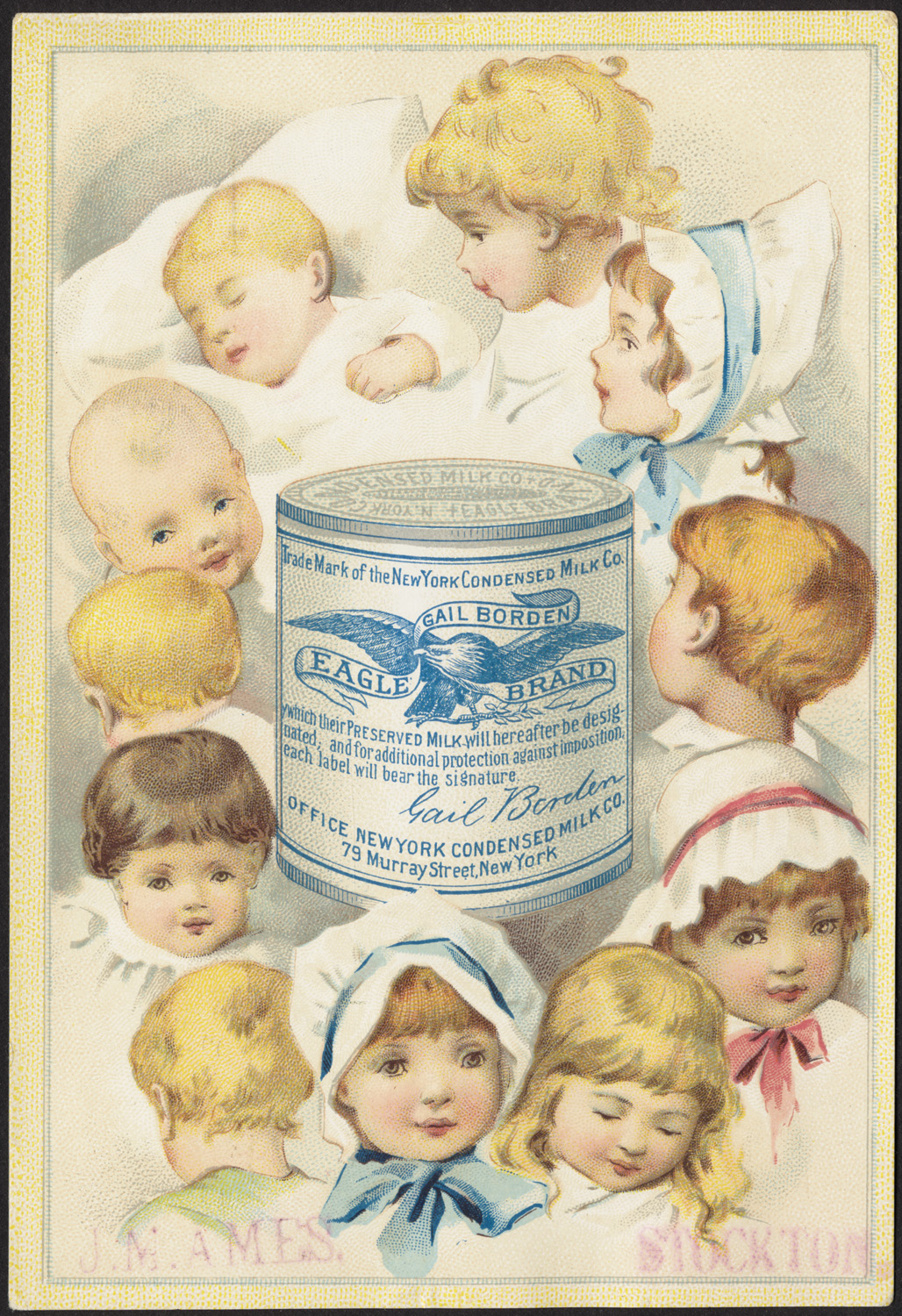Gail Borden
by Andy Boyd
Today, maps, newspapers, politics, and condensed milk. The University of Houston presents this series about the machines that make our civilization run, and the people whose ingenuity created them.
Gail Borden lived a life that was, well, all over the map. He arrived in Texas in 1829 at the age of thirty-one. As a surveyor he helped plot Galveston and Houston, and he worked on the first topographical map of Texas. Borden would go on to help establish and serve as editor of the Telegraph and Texas Register which published its first edition just days after the start of the Texas Revolution. A few years later he was appointed tax collector of the Port of Galveston by the Republic of Texas' president Sam Houston. But it wasn't until Borden stepped down and returned to the Northeast that his creative juices began to flow.

Gail Borden. Photo Credit: Wikimedia Commons.

Telegraph and Texas Register, 1921 reprint of October 1, 1835, first edition. Photo Credit: Wikimedia Commons.
Deep in his heart Borden was an inventor. And one area of discovery that captured his imagination was preserving food. Food spoils because bacteria and other microorganisms enjoy eating the same things we do. We can't hide our food from bacteria -- it's everywhere, and most isn't harmful. But we can make it hard for bacteria to grow, thus extending the shelf life of food.
Borden undertook the development of meat biscuits. Moisture was removed from cuts of meat which were then ground and mixed with flour and a binding agent. The idea won Borden an award at the Great Exhibition of 1851 in London. It did not, however, prove a commercial success, and Borden closed up shop when a contract with the U.S. military failed to materialize.
But Borden returned to the drawing board, this time with a different food in mind: milk. Before the days of pasteurization and refrigeration, consuming milk was an iffy proposition. It could easily spoil in a matter of hours. It helped to be located near a cow. Building on passed-down traditions, Borden found that by removing water, adding sugar, and sealing the mixture in a can, the resulting condensed milk resisted spoiling. Though he predated an understanding of germ theory, Borden was depriving the microorganisms of water. Sugar, though a perfectly good source of food for bacteria, competes with bacteria for what water remains. Not only does sugar soak up free water, it goes so far as to pull water out of bacterial cells. Bacteria simply can't get enough water to grow.
Borden's yellowish concoction, sold as Eagle Brand Condensed Milk, didn't sell very well. But four years after it went into production the Union army adopted it as part of its Civil War rations. Production skyrocketed as the company sought to fill orders for soldiers in the field. And when these same soldiers returned home, they had stories to tell about the sweetened milk drink they'd grown to rely on.

Gale Borden Eagle Brand Condensed Milk [back]. Photo Credit: Wikimedia Commons.
Condensed milk remained an American tradition for well over a century. It can still be found on store shelves, but not as a milk substitute. Instead, look for it in luscious holiday desserts.

Gail Borden Eagle Brand Condensed Milk [front]. Photo Credit: Wikimedia Commons.
I'm Andy Boyd at the University of Houston, where we're interested in the way inventive minds work.
(Theme music)
For a related episode, see THE CRYSTAL PALACE.
Borden, Gail, Jr. From the Texas State Historical Association website: https://tshaonline.org/handbook/online/articles/fbo24. Accessed August 23, 2016.
Canned Milk History: Evaporated and Sweetened Milk History. From the About Food website: http://homecooking.about.com/od/milkproducts/a/canmilkhistory.htm. Accessed August 23, 2016.
Condensed Milk. From the Wikipedia website: https://en.wikipedia.org/wiki/Condensed_milk. Accessed August 23, 2016.
Gail Borden. From the Wikipedia website: https://en.wikipedia.org/wiki/Gail_Borden. Accessed August 23, 2016.
Sugar in Food Preserving. From the ACS webpage: http://www.acsedu.co.uk/Info/Alternative-Living/Self-Sufficiency/Sugar-in-Food-Preserving.aspx. Accessed August 23, 2016.
This episode was first aired on September 1, 2016